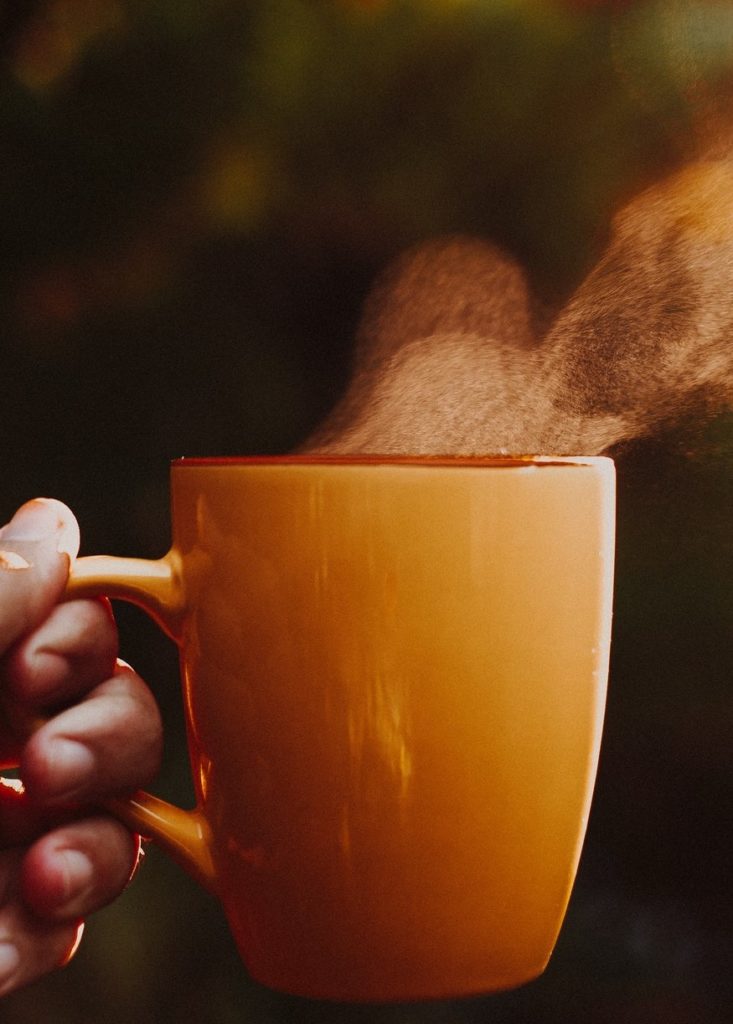NSL Analytical Services: Is Your Morning Coffee Safe?

This morning, waking up was hard to do and all morning I downed cups of coffee. That is what finally made me look at my mug – because until the caffeine kicks in, my thoughts run to the abstract – and I wondered how we can trust that the glaze on that ceramic morning coffee mug is safe, let alone the coffee in that cup?
Who Tests Coffee:
The USDA does not require a permit or license to import roasted coffee into the United States or its territories. According to the NCA (National Coffee Association), there are two ways to evaluate coffee. The first way, a taster, referred to as a Cupper samples up to hundreds of cups of brewed coffee and records the resulting quality ranking. Physical laboratory tests conducted on green coffee beans measure density, moisture content and water activity, bean size, grade and color. Finally, a chemical analysis lab will test brewed coffee for residual oxygen and carbon dioxide within packages, roast color, moisture content and water activity, and grind particle size, or broken bean counts, microbiological analysis, and pesticides.
In fact, before we brew a cup, a chemical analysis lab, using standard analytical methods for coffee, published by AOAC international and ISO (International Standardization Organization), has already tested the beans in your brew for ochratoxin A, caffeine, nutrient analysis, microbiological analysis, pesticides, chlorogenic acids, lipids, carbohydrates, total polyphenols, total proteins, and mycotoxins. Whew! And to think that is a natural product!
Who Tests the Cup, and What are They Testing for?
The cup you sip from is as important as the beverage itself and NSL Analytical Services has the skillset and the state of the art equipment to analyze just how safe any given ceramic product line might be. Ceramic materials are formed by processing inorganic particles, usually at a high temperature and pressure. The chemistry of the surface impacts particle sintering (making something coalesce into a solid or porous mass by heating it without liquefaction). Some processes use binders such as lead to stabilize color, or other unsafe chemical for color or help in the bonding of surface particles. Lead in your mugs is not regulated, as long as it did not leach into the mug’s contents when newly produced. Since Coffee and many teas are acidic, repeated use of the contaminated cup could lead to leaching over time. Ceramic dinnerware and cups can be tested by a chemical analysis lab like NSL Analytical Services to be safe for repeated use?
NSL Analytical Services Chemical Analysis Lab could use one of several evaluations on the safety of a ceramic mug or cup:
SEM and Optical Microscopy:
- Image a fracture surfaces to determine size of particles and
- Image the same fracture surfaces to identify and examine the residues of organic binders
- Cross section and surface analysis of cracks and voids
- Detect stains and their causes. Specific testing information at NSLAnalytical.com
XPS or ESCA Surface Analysis:
- Measure all elements except hydrogen
- Analysis of the composition of ceramic pre-cursor powders or particles
- Analysis of surface contamination of fired ceramics
- Analysis of chemistry of binding agents
- Water and impurities content of reacted layers on raw ceramic
- Chemical analysis of fracture surface
- Degradation effects on boron nitride(BN) or on alumina (Ql2O3) such as those caused by moisture.
Energy Dispersive Spectroscopy Analysis (EDS or XRF)
- Measures elements sodium
- Detects elements carbon, nitrogen, oxygen, and fluorine
- Determine elemental composition – Contact NSL Analytical Services or call (877) 560-3943 for more information.
